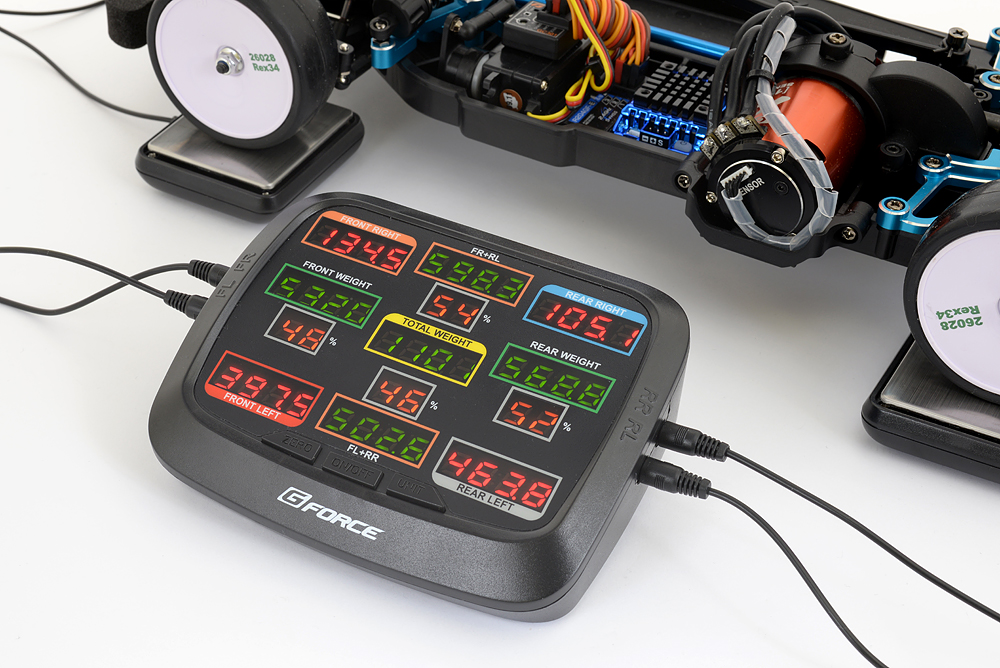

It is known that P=mv, where p is the momentum,įorce formula is helpful in finding out the force, mass, acceleration, momentum, velocity in any given problem. It is a vector quantity that has both magnitude and direction.Īcceleration can be defined as the rate of change of velocity of an object in a particular specified time. It is measured using a spring balance and the unit in which force is measured in Newton(N).įorce is a product of mass and acceleration. The direction towards which the force is applied is known as the direction of the force and the application of force is the point where force is applied.

Force is a vector quantity, it has both magnitude and direction. Kip or Kipf: A Kip or Kipf is defined as 1000 pound forces.įorce is an external agent that is applied to a body to change the state of a body, speed of the body, direction of the body or position of the body. Ton-force: A Ton-force is defined as the force of standard gravity on 1 ton, that is, acceleration due to gravity (g)*ton. Ounce-force: An ounce-force is defined as the force of gravity on an avoirdupois ounce (mass = 1 ounce), that is, acceleration due to gravity (g)*ounce. Sthene: It is defined as a tonne meter per second squared. Pond: It is another term for the gram force. Gram Force: It is defined as the force of standard gravity on a gram, that is, acceleration due to gravity (g)*gram. These units of force are in the English system and are rarely used in scientific measurements. It is a non-technical unit of force and is also referred to as the weight. A pound is a force applied on a mass of 1 pound (1 lb) by the acceleration due to gravity, that is, g. Poundal and Pound: A poundal is a force required to give a mass of 1 pound (1 lb) an acceleration of 1 foot per second squared (1 ft/s²). You might use the dyne if you are working with very small objects. There are two other units of force in Physics however, they are not as commonly used as the SI unit of force Newton.ĭyne: A dyne is a force required to give a mass of 1 gram (1 g) an acceleration of 1 centimetre per second squared (1 cm/s²). Inshort,displacement is distance in vector form(same as how velocity is speed in vector form), So displacement is measured in metres. NOTE: Displacement is the shortest distance from the initial to the final point. = P/ t įorce= mass*velocity / time - (replacing terms with their respective units) We also know that momentum (P) is the product of mass(m) and velocity(v). Therefore, the FPS unit of force is lb-ft/s², which is called poundal or pdl.įrom Newton’s Second Law of motion, force is equal to the rate of change in momentum (P). In the FPS system of units, the unit of mass is pound or lb, and the unit of acceleration is feet per second squared or ft/s². Therefore, the CGS unit of force is g cm/s², which is called dyne or Dyn. In the CGS system of units, the unit of mass is gram or g, and the unit of acceleration is cm/s². Therefore, the unit of force is kg m/s², which is what we refer to as Newton or N. In both the SI system (the International System of Units) and in the MKS system, the unit of mass is kilogram, abbreviated as kg, and the unit of acceleration is m/s². As per the second law of motion proposed by Newton, force is defined or expressed as the product of mass and acceleration.


 0 kommentar(er)
0 kommentar(er)
